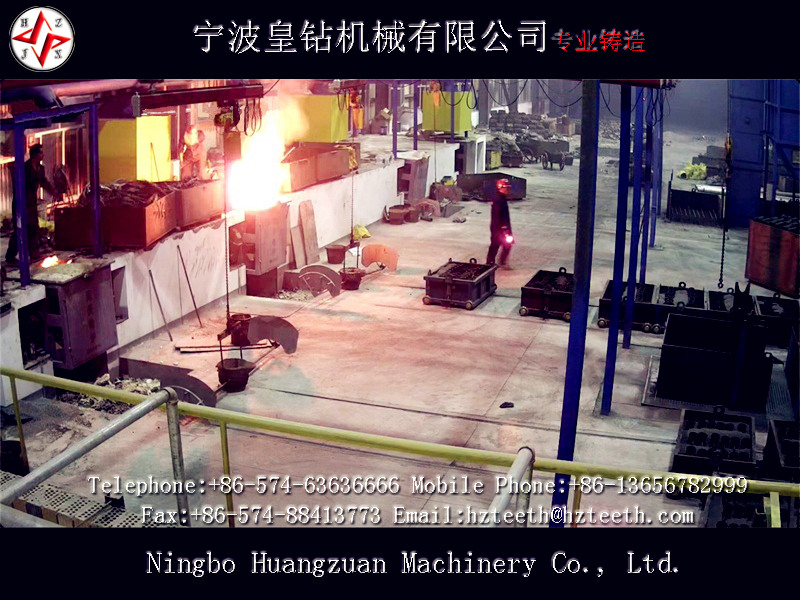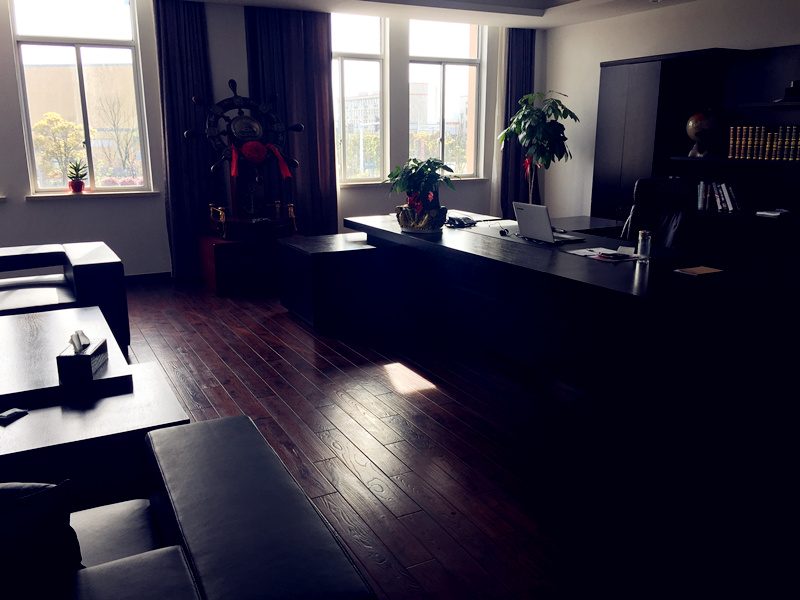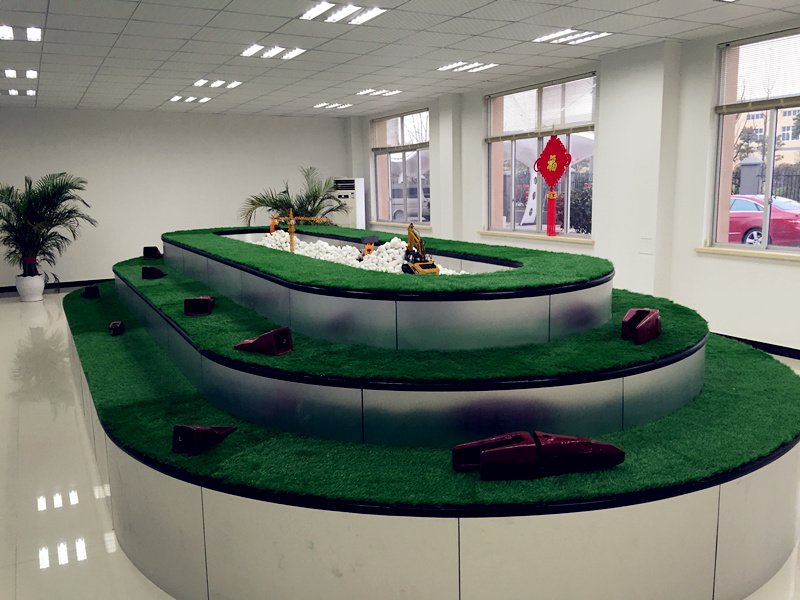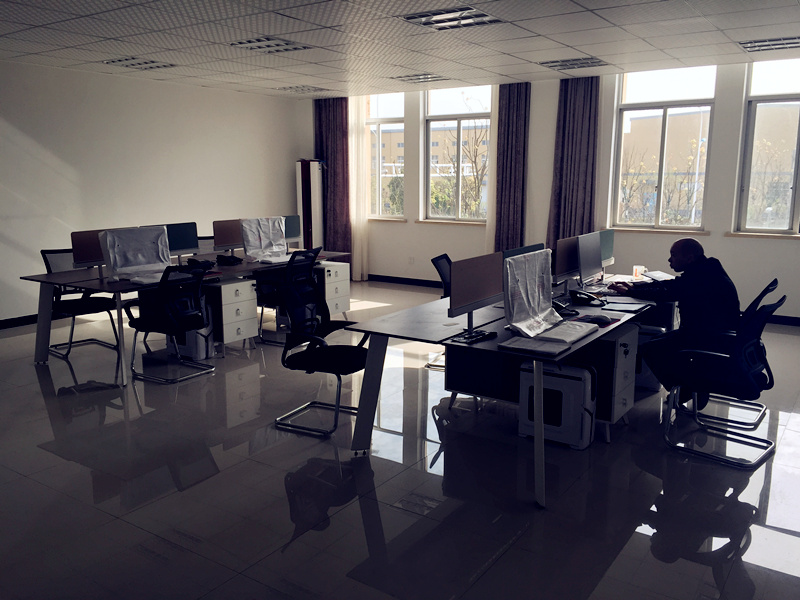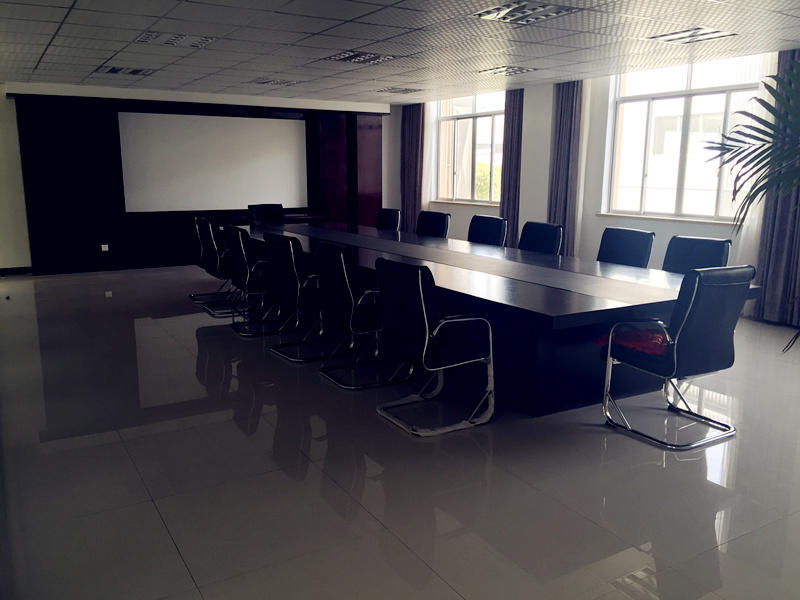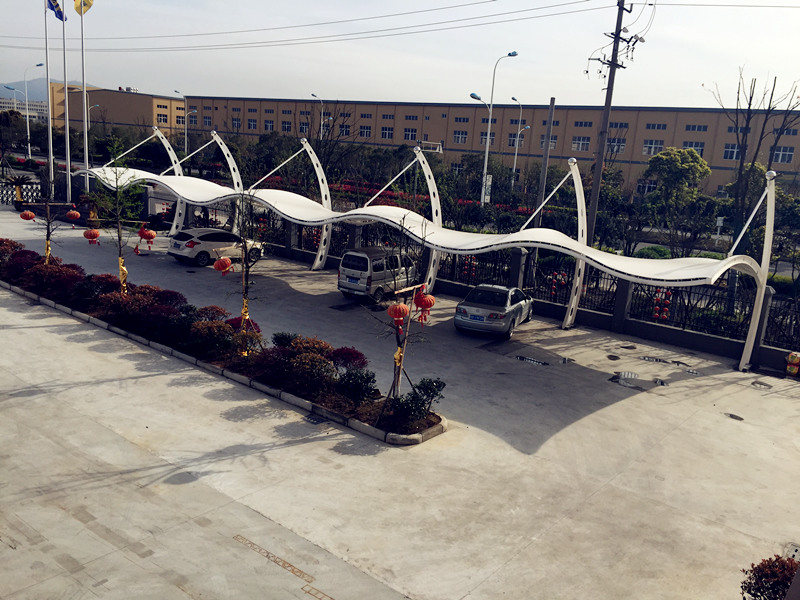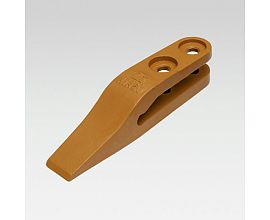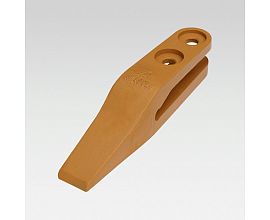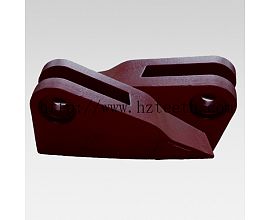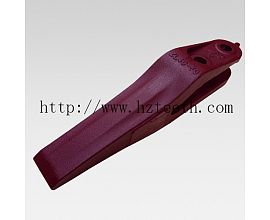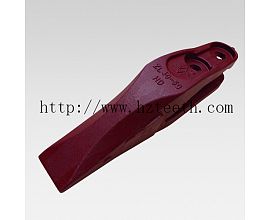The bucket teeth of high manganese steel can be repaired by the following surfacing process after extensive wear and tear.
(1) Grinding 2-3 mm off the base metal surface with a grinding wheel to remove the original work-hardening layer. When there are cracks in the base metal, V-grooves should be opened to remove the cracks completely.
(2) A202 electrode is selected for bottom welding, and the electrode is baked at 150 C and lh; D256 electrode is selected for surfacing, and the electrode is baked at 300-350 C and lh. The electrodes are both AC and DC.
(3) firstly, use A202 electrode, fill the open V-groove with short weld bead, and then carry out zone based bottom welding. Divide the surfacing part by 60-80mm width, and the gap width is about 10-30mm, as shown in Figure 2-35. After each zone is welded, the gap part is welded.
(4) When surfacing the surface layer with D256 electrode, the overlaying section is also shown in Fig. 2-35, and the gap is not overlayed until the required thickness is reached.
(5) During surfacing, attention should be paid to prevent overheating of the base metal, and if necessary, a part of the base metal may be immersed in water for surfacing.
The repairing plate cut by gas from tractor track board (made of high manganese steel) is welded with the teeth tips first and then surfacing. The size of mending board depends on the lack of meat. When welding with D266 electrode, symmetrical alternating welding sequence is adopted to prevent cracks. When surfacing, the bucket teeth are placed obliquely, and the bucket teeth are surfacing laterally from bottom to top. When one layer of surfacing is finished, slag is slagged, and the other side is turned over. After one layer of surfacing, the second layer of the first surfacing surface is turned over. This continues until the original size is restored. Avoid overheating and crack during surfacing.



